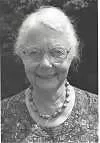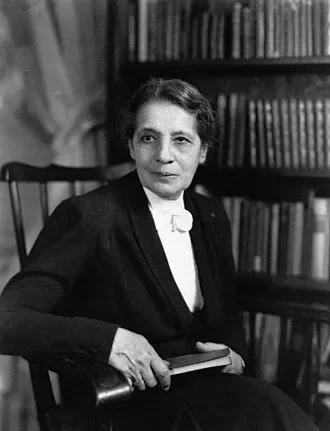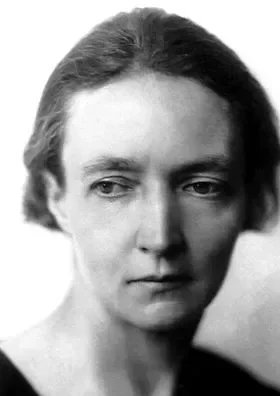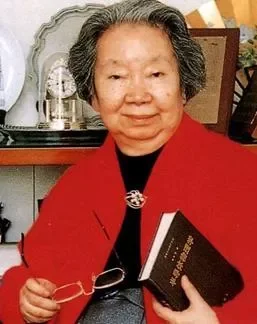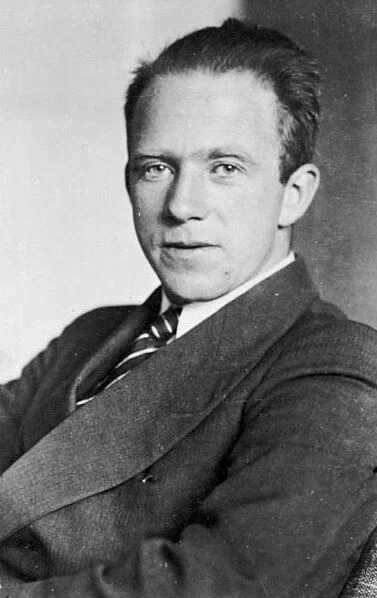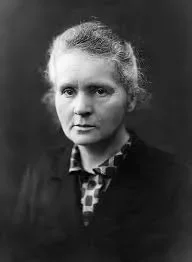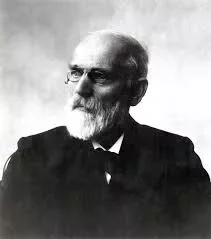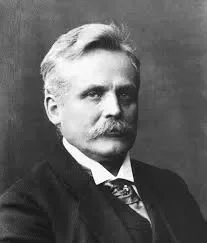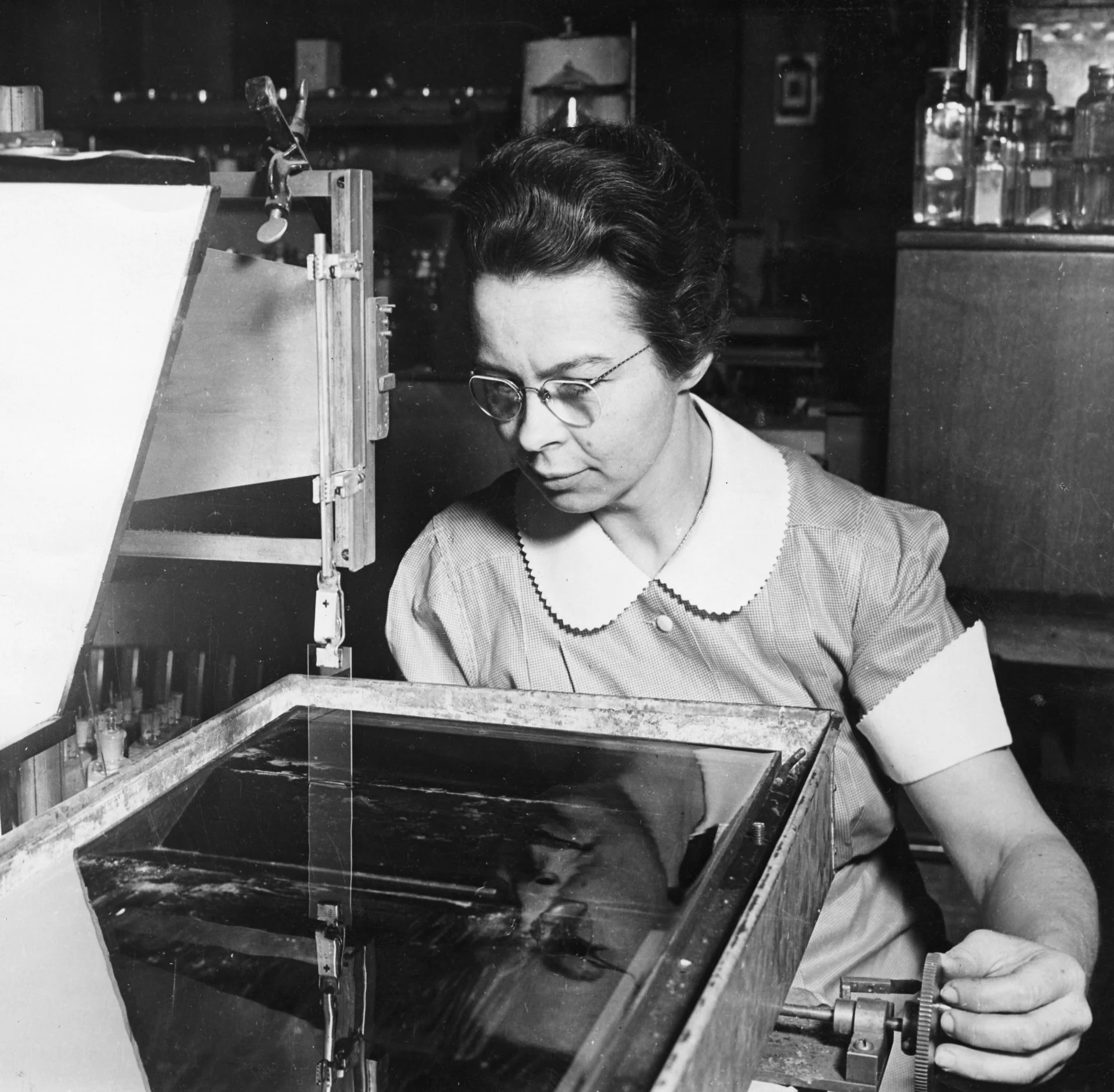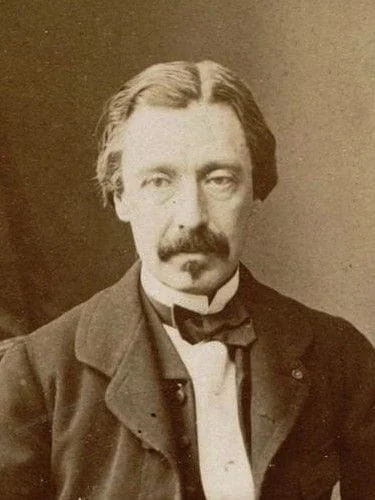Real Celebrities Never Die!
OR
Search For Past Celebrities Whose Birthday You Share
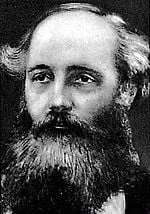
source:wikipedia.org
Franz Melde
Birthday:
11 Mar, 1832
Date of Death:
17 Mar, 1901
Cause of death:
Unknown
Nationality:
German
Famous As:
Physicist
Age at the time of death:
69
Early Life and Education
Franz Melde was born on March 11, 1832, in Berlin, Germany. From an early age, he demonstrated a natural curiosity about the physical world. This interest in science and his innate ability to grasp complex concepts paved the way for a remarkable career. Melde pursued studies in physics at the University of Berlin, where he laid the foundation for his future contributions. In 1859, he earned his doctorate with a thesis on the mathematical aspects of elasticity, showcasing his early expertise in theoretical physics.
Contributions to Acoustics
In the mid-1860s, Franz Melde made significant strides in the field of acoustics. He conducted pioneering research on the fundamental frequencies of vibrating strings. His experiments, which involved creating standing waves on strings, helped deepen our understanding of wave mechanics. This work not only demonstrated Melde’s innovative approach to physics but also established him as a leading figure in acoustics during his time.
The Invention of Melde’s Experiment
Melde’s career took a major turn in 1864 when he conducted his famous experiment, known as Melde’s Experiment. This groundbreaking demonstration showed how standing waves could form on a stretched string, revealing key principles of wave mechanics. The experiment was revolutionary because it offered practical insights into the transmission of signals, a concept that became essential to the field of telecommunications.
Contributions to Telegraphy and Multiplexing
Melde’s contributions did not stop at acoustics. He ventured into the growing field of telegraphy and made a lasting impact. In the late 1860s, he focused on multiplexing, a technique that allows multiple signals to share a single communication channel. Melde’s work in this area paved the way for more efficient and reliable telecommunication systems, influencing the future of global communication.
Personal Dedication and Legacy
On a personal level, Franz Melde was known for his dedication and meticulous approach to science. His peers respected him for his commitment to pushing the boundaries of knowledge. Despite the political and social upheavals in 19th-century Germany, Melde remained focused on his scientific work. His persistence in the face of challenges reflected his passion for discovery and advancement.
Death and Enduring Influence
Franz Melde passed away on March 17, 1901, at the age of 69. Though he is no longer widely remembered, his contributions to physics and telecommunications have left an indelible mark. His pioneering work in acoustics and telegraphy continues to influence modern communication systems, ensuring that his legacy lives on.
Conclusion: A Life of Innovation
Franz Melde’s journey from a curious young scholar to a pioneering physicist and innovator in telecommunications highlights the power of curiosity and dedication. His groundbreaking work, particularly in standing wave mechanics and telegraphy, has become an integral part of the principles underlying modern communication systems. As we reflect on his life, it is clear that Melde was a key figure in the development of physics and telecommunication technology, shaping the scientific landscape of his time and beyond.
Name:
Franz Melde
Popular Name:
Franz Melde
Gender:
Male
Cause of Death:
Unknown
Spouse:
Place of Birth:
Großenlüder near Fulda, Germany
Place of Death:
Marburg,
Occupation / Profession:
Personality Type
Advocate: Quiet and mystical, yet very inspiring and tireless idealists. He was dedicated and committed and was known to push the boundaries of knowledge
Franz Melde’s most famous experiment involved demonstrating standing waves in a vibrating string. This experiment showcased the fundamental principles of wave mechanics and contributed significantly to the understanding of acoustic phenomena.
Melde’s contributions to telegraphy include his work on multiplexing, a technique that allows multiple signals to share a single communication channel. This innovation laid the groundwork for more efficient and practical telecommunication systems.
He was a professor at the University of Marburg, where he focused primarily on acoustics but also made contributions to fluid mechanics and meteorology.
In 1859, Melde generated parametric oscillations in a string by employing a tuning fork to periodically vary the tension at twice the resonance frequency of the monochord string.
Silver medal at Chicago Colombian Exposition

